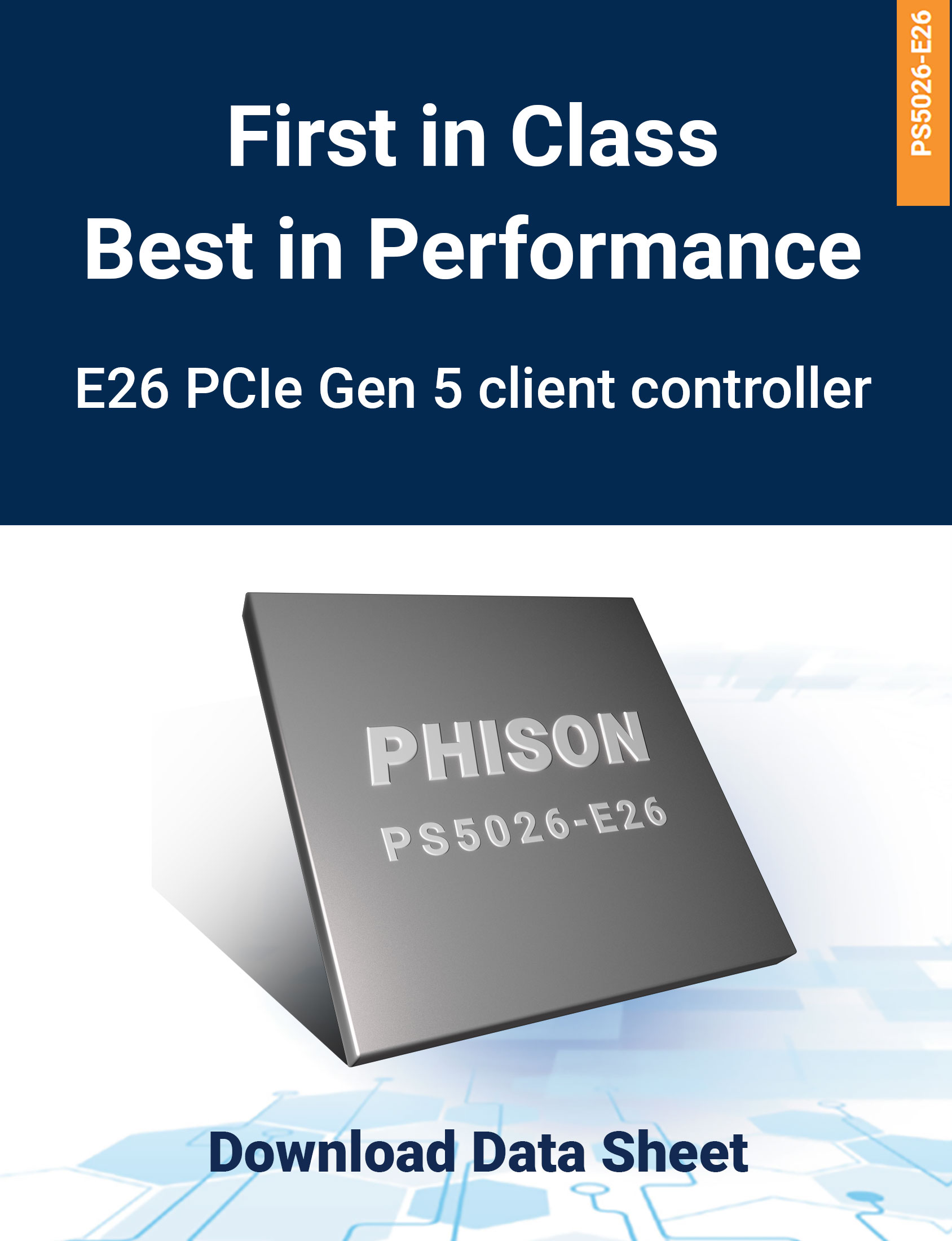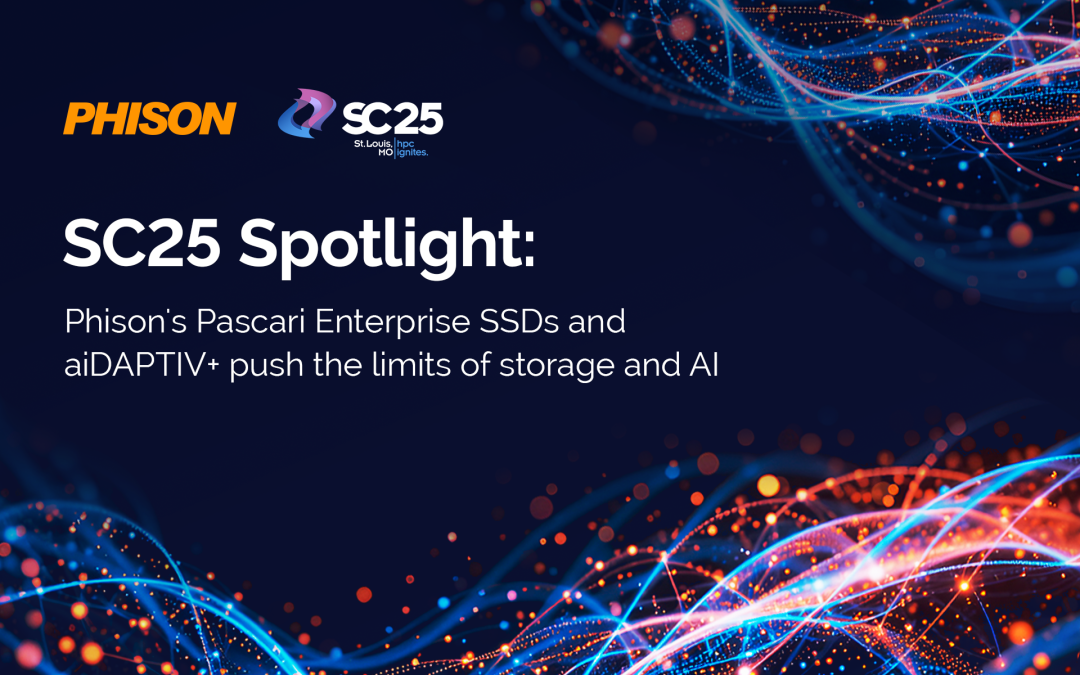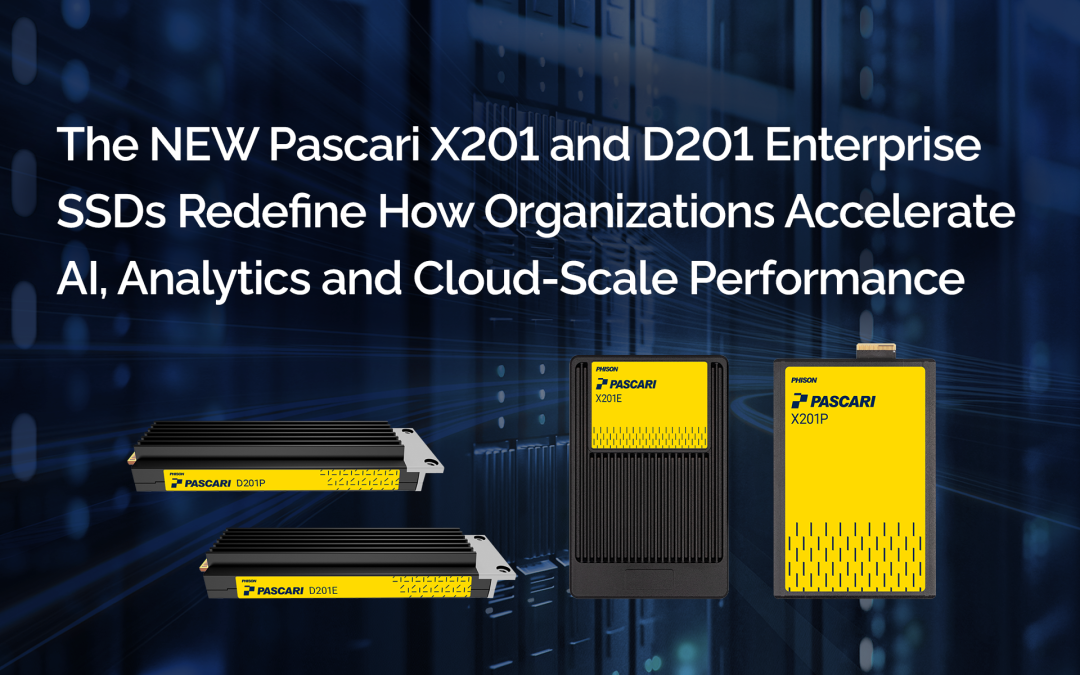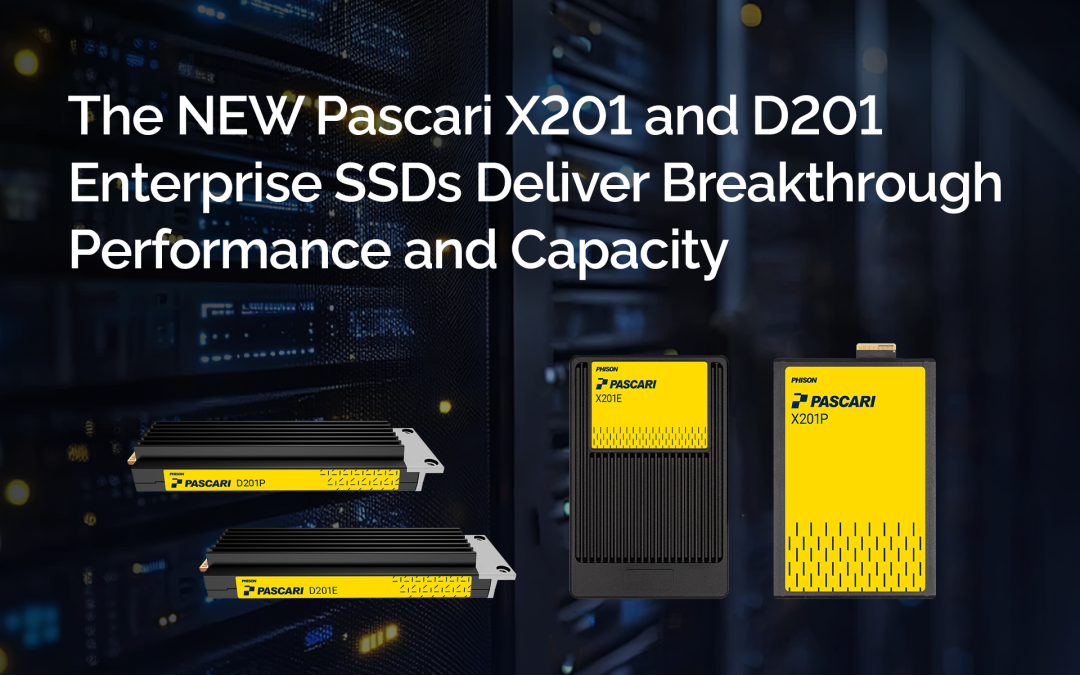There is an industry-wide effort underway to improve gaming performance through storage efficiency, improved sustained speeds, and competitive pricing. This revolution is happening across all gaming platforms, including gaming PCs, consoles, and handheld gaming devices.
What came first: hardware or software?
In 2018, Phison released the first PCIe Gen4 solid-state drive (SSD), a vast improvement over traditional HDDs. The Phison PS5016-E16 delivered a massive 42% performance improvement over Gen3 SSDs available at the time. Its elevated performance, along with increased NVMe SSD adaption by gamers, finally forced game developers to look at data access as another tool to help improve user experience in the same way they viewed each new video card release.
Hardware improvements often come before software, a trend that is typical for the gaming market. For example, NVIDIA changed gaming forever with the introduction of Transform and Lighting in 1999. The company did it again in October 2020 with RTX for Ray Tracing.
From an end-user perspective, the difference between these two technologies is that Transform and Lighting are now so common that it’s expected in each new game released. RTX for Ray Tracing, on the other hand, is still so new that end-users only hope it will feature in their next game release. However, over time, Ray Tracing will be in every new game release, and end users won’t even look at it as a new feature. The same will be true for gaming with increased sustained bandwidth.
Improved solid state drive data access has arrived
Phison is now shipping its second-generation PCIe Gen4 SSD controller, the PS5018-E18. The E18 can deliver up to 7,500 MB/s sequential read performance, a 50% increase over the E16’s 5,000 MB/s data access ceiling. This bandwidth increase allows game developers to increase the amount of data requested from the storage system and reduce latency (the time it takes data to arrive after the request). This improvement is important because game development has shifted to a point where the game doesn’t need to preload large sequences to anticipate the player’s next move. Data can be accessed in near real-time with a constant flow rather than in large payloads. We call this data streaming.
The first system to take advantage of data steaming was Microsoft’s Xbox Series X. The technology is also coming to the PC market through DirectX12 Ultimate’s Direct Storage API built into Windows 11.
Software is rushing to catchup with hardware
Given the incredible number of second-generation drives shipped already, it’s now up to the game developers to take advantage of the tremendous data access power supplied by the best gaming SSD. This software development isn’t easy since it involves additional coding to take advantage of Direct Storage API. Games also need legacy code for systems that do not meet the latest standards, such as those using a SATA SSD or hard drive. Older operating systems also pose a problem since they do not support DirectX 12 Ultimate and thus the Direct Storage API.
Working together to build the best SSDs for a better baming experience
Phison is currently working with game studios to help accelerate next-generation gaming development and provide the tools needed to aid development. As gamers themselves, and pioneers in the streaming workload from previous successful projects, Phison knows what you need. If you are a developer, we encourage you to contact Phison to learn more about the best SSDs for gaming and our competitive pricing.











